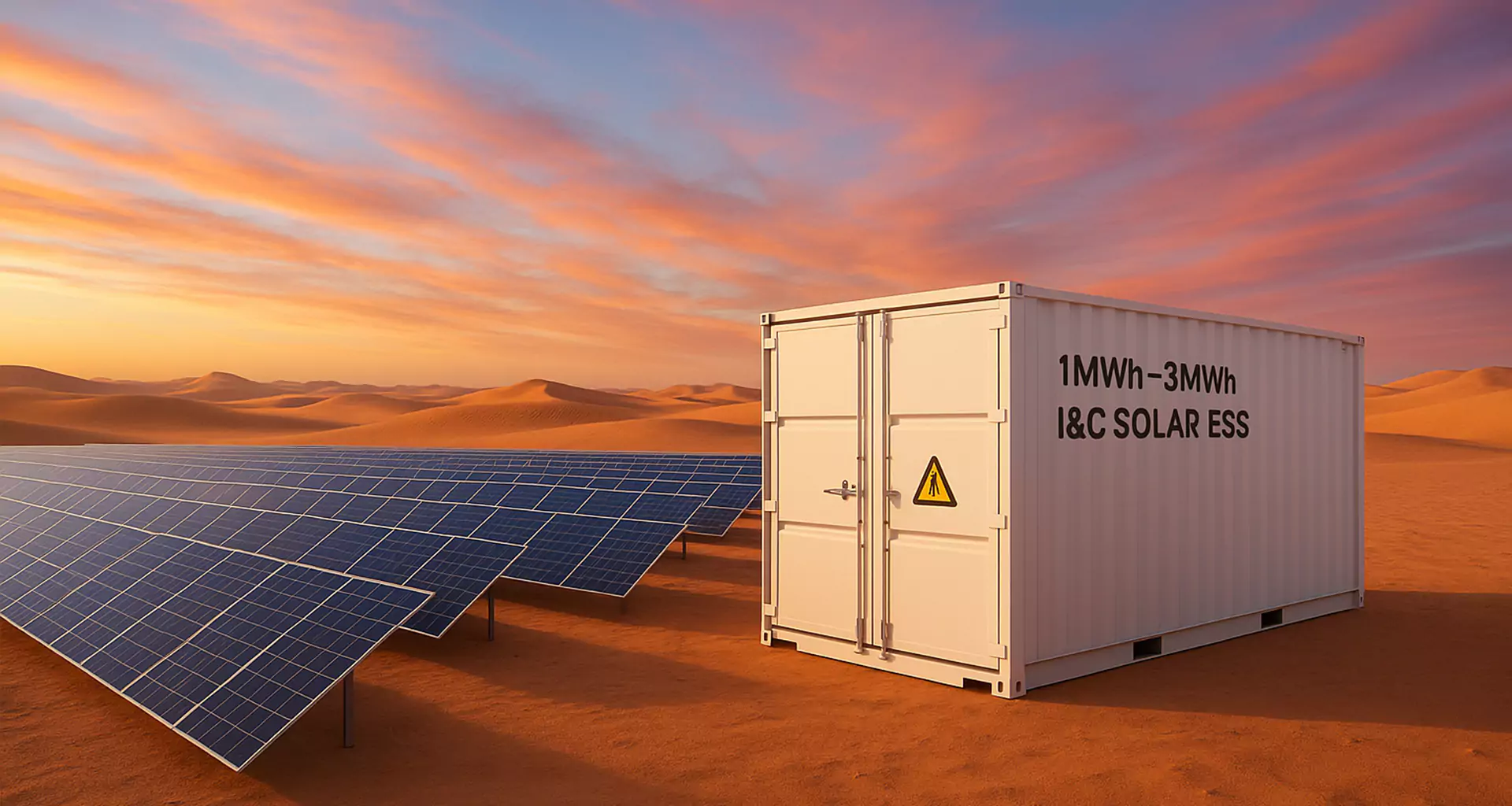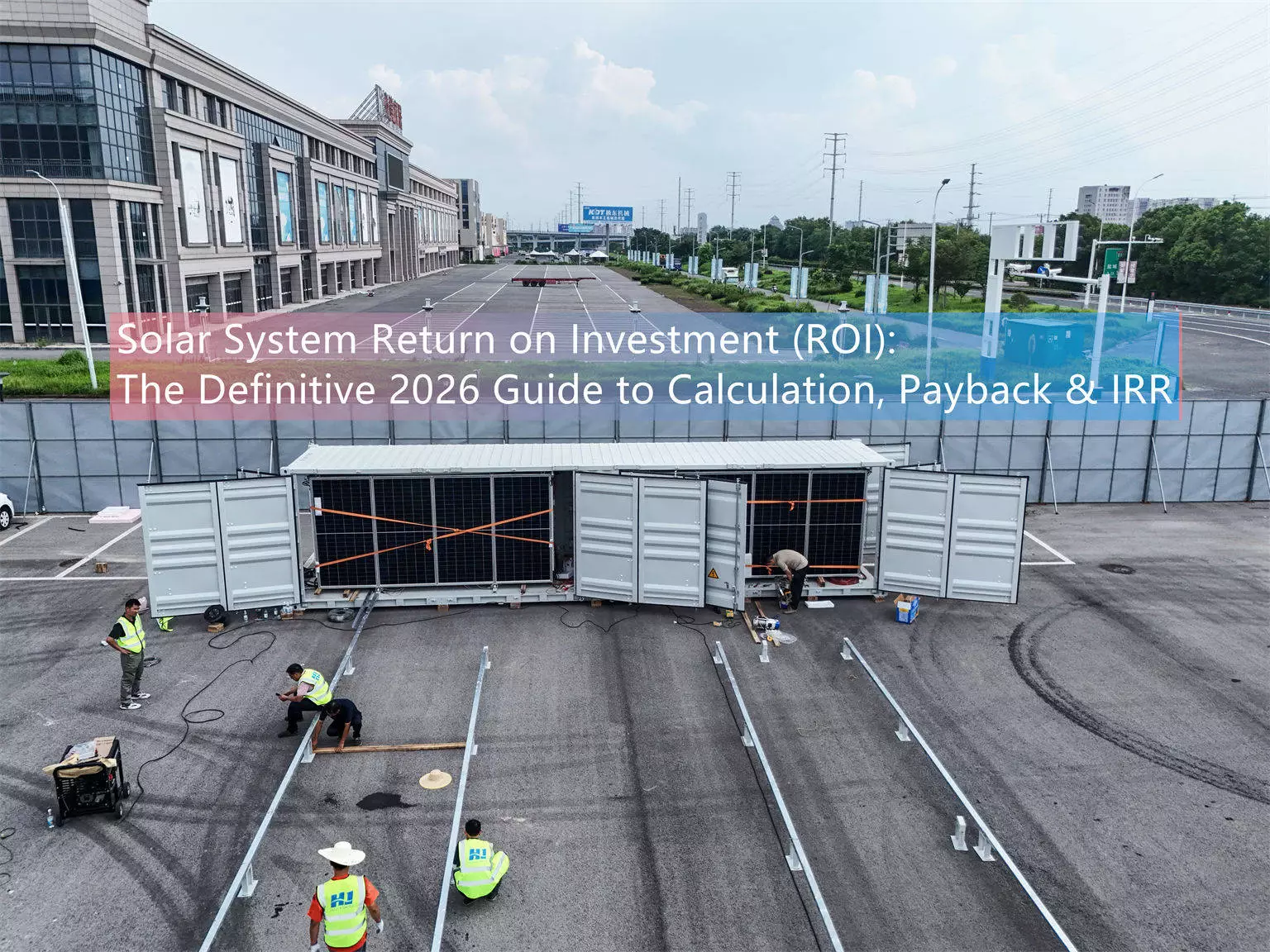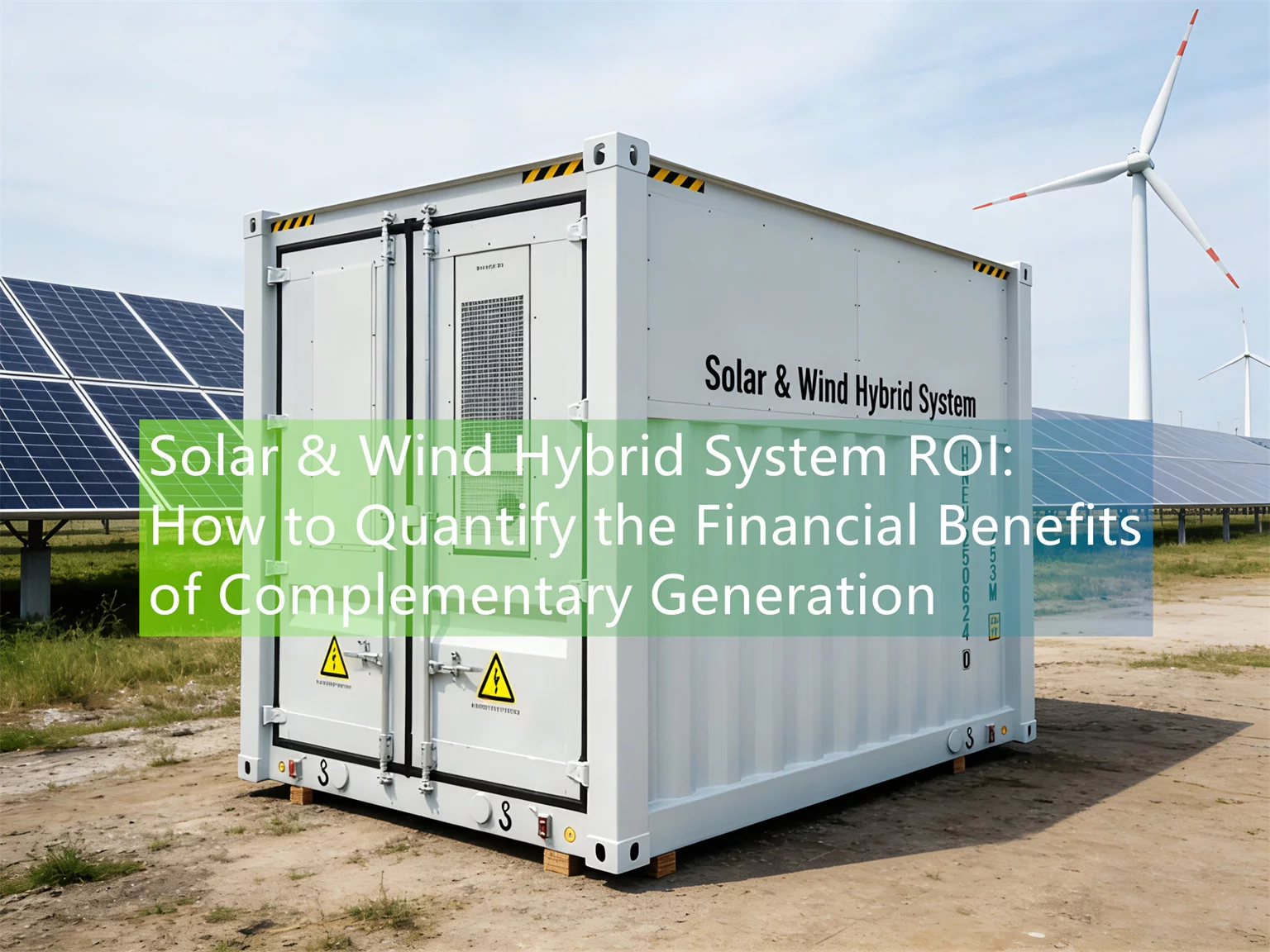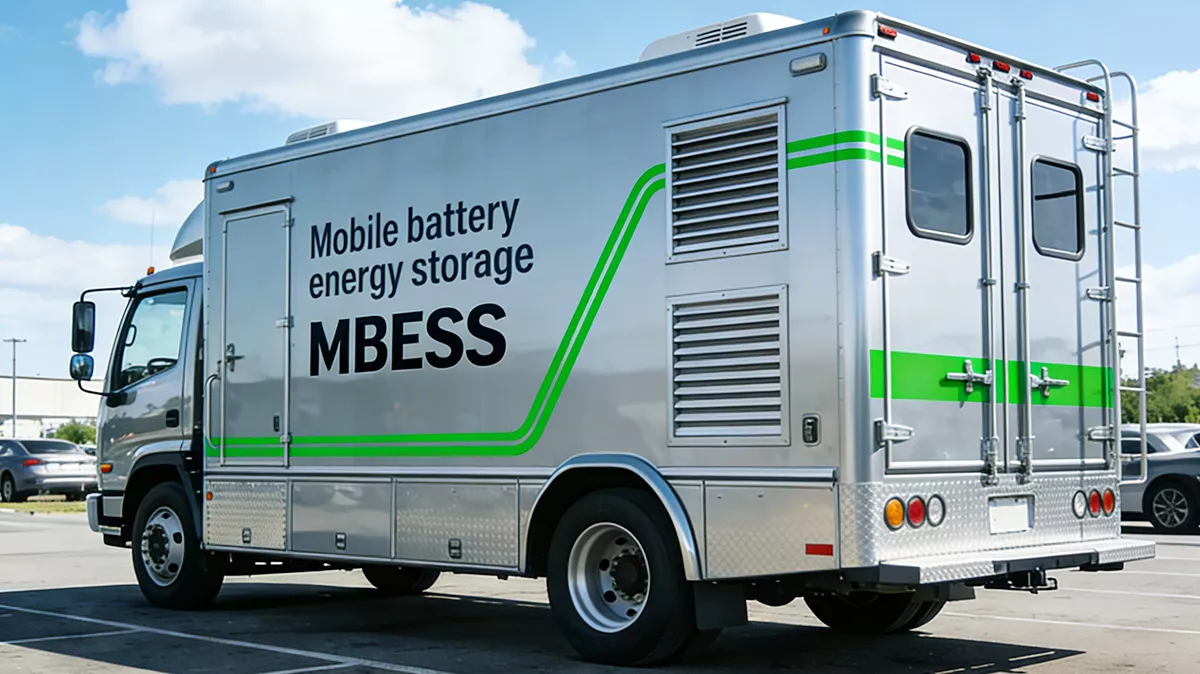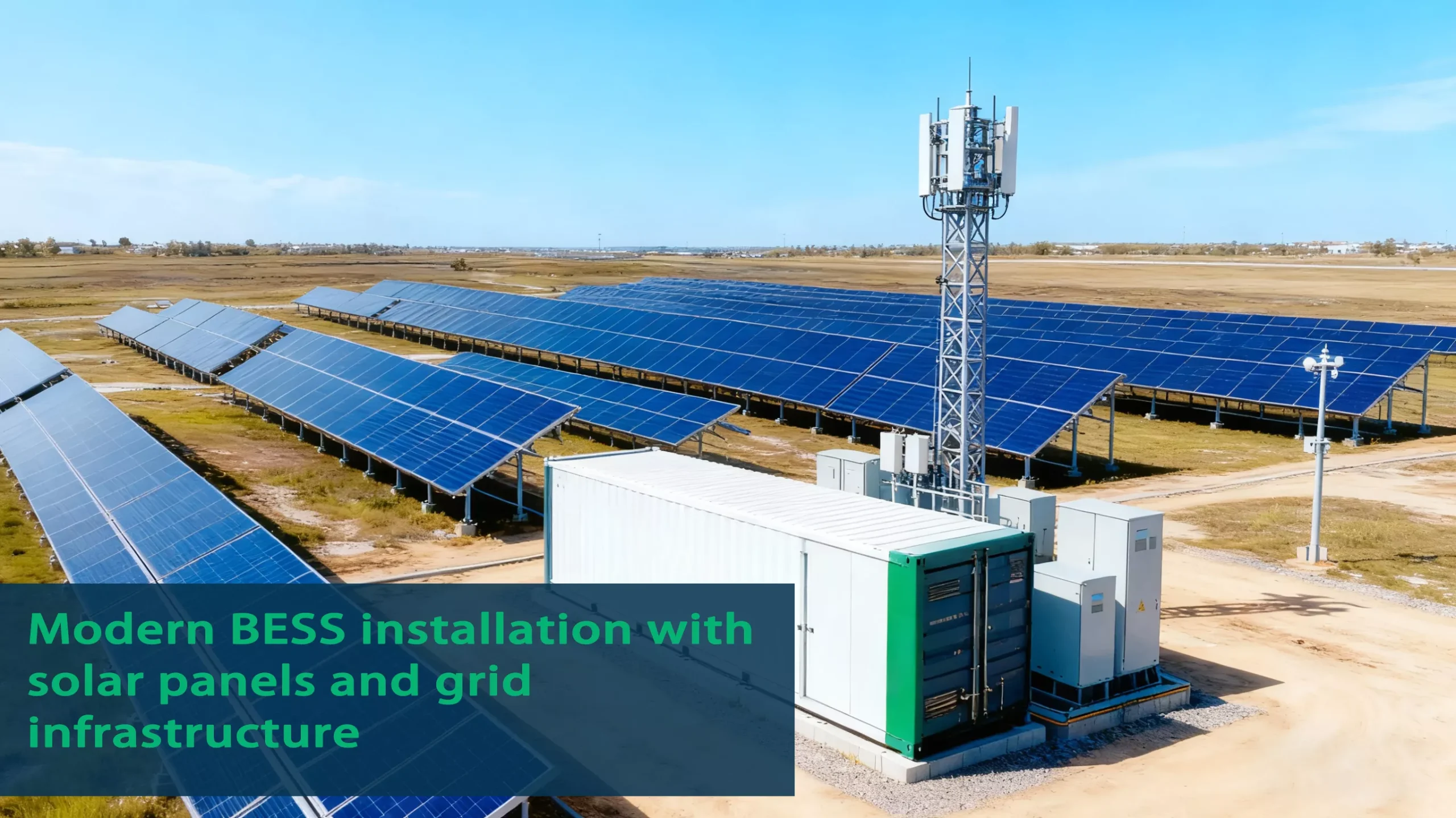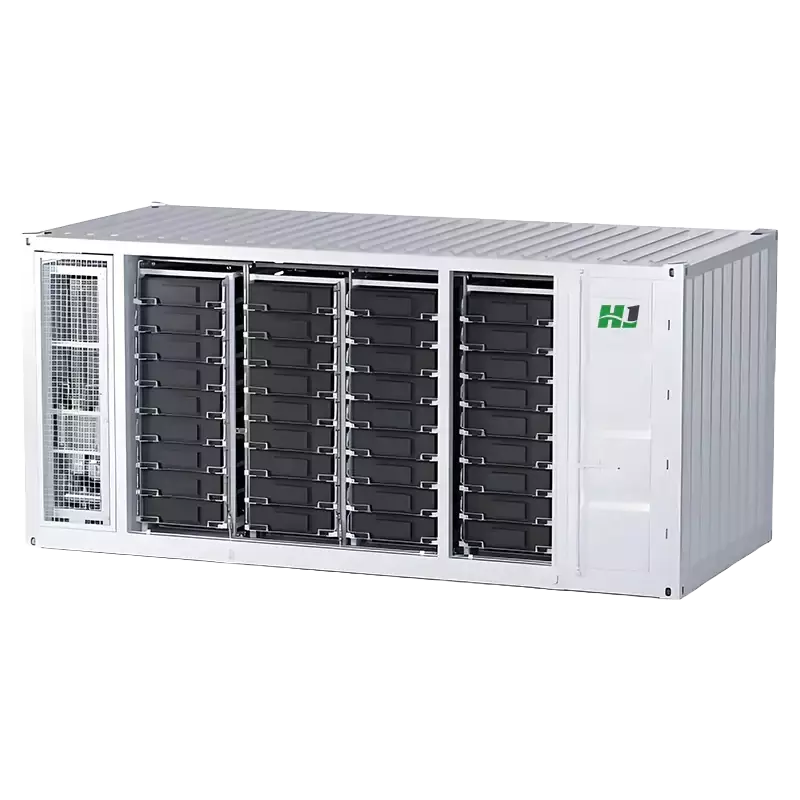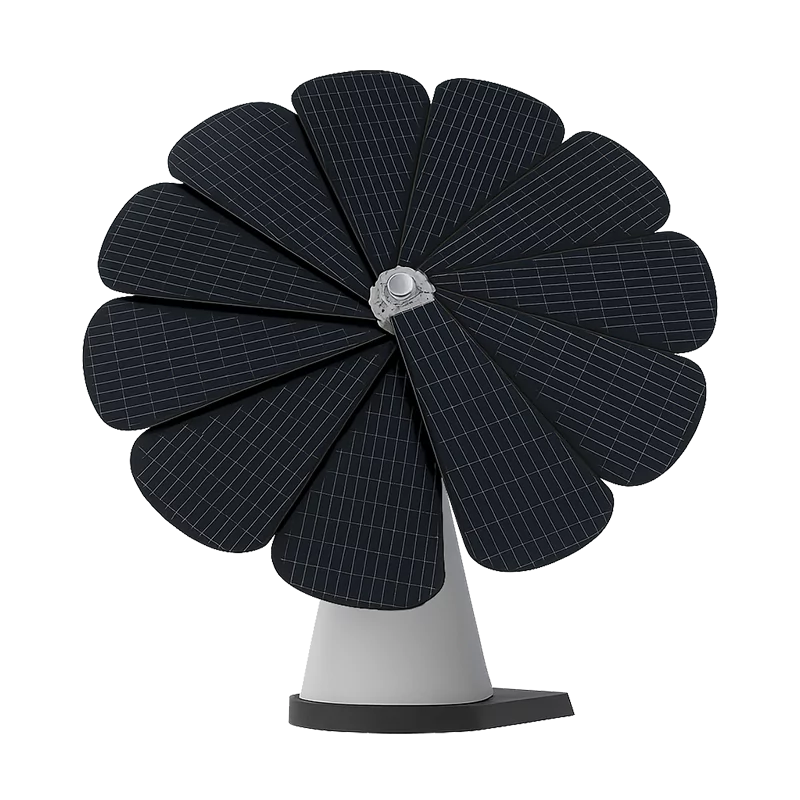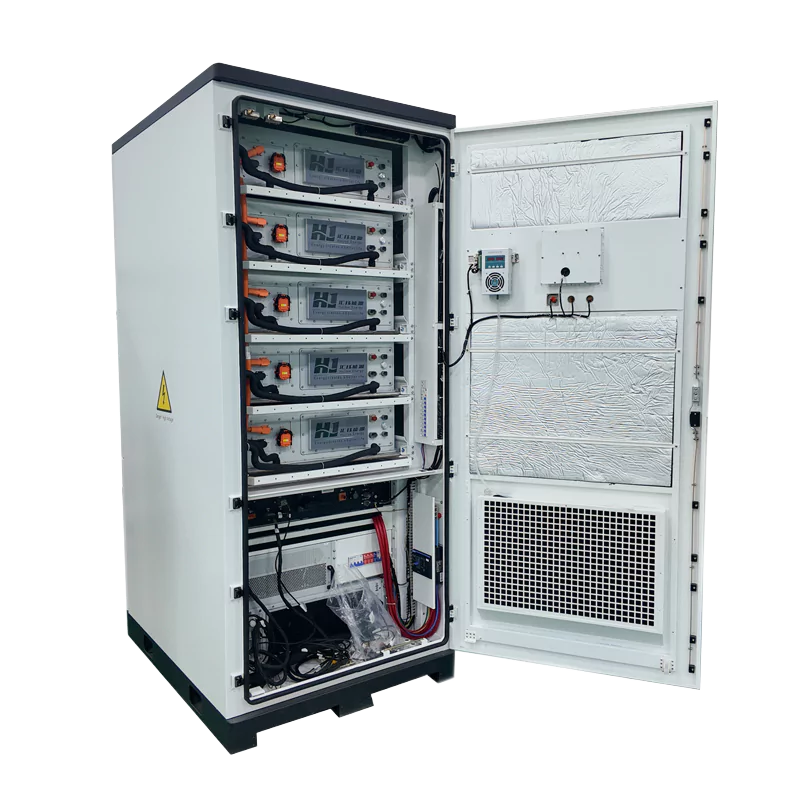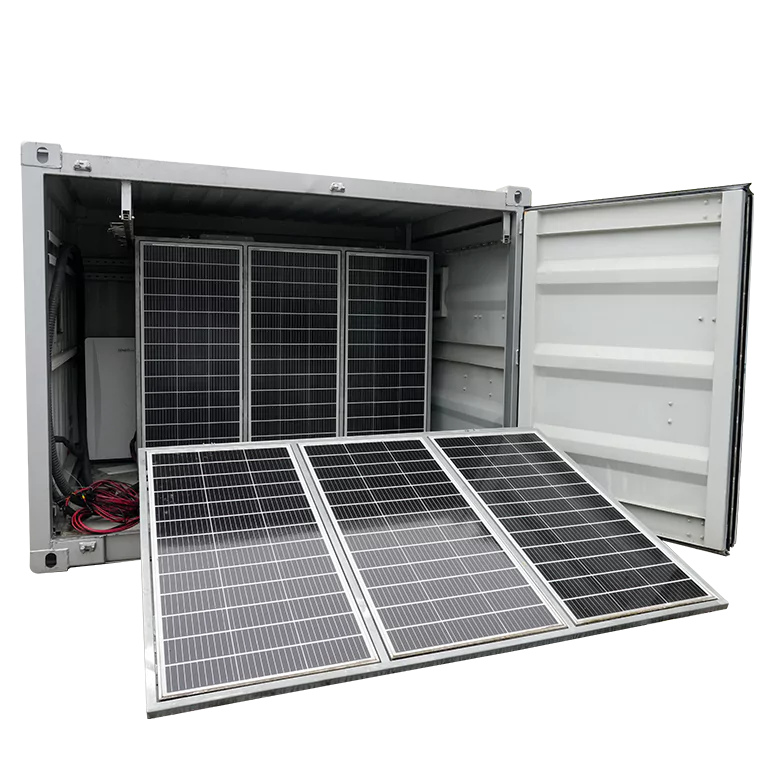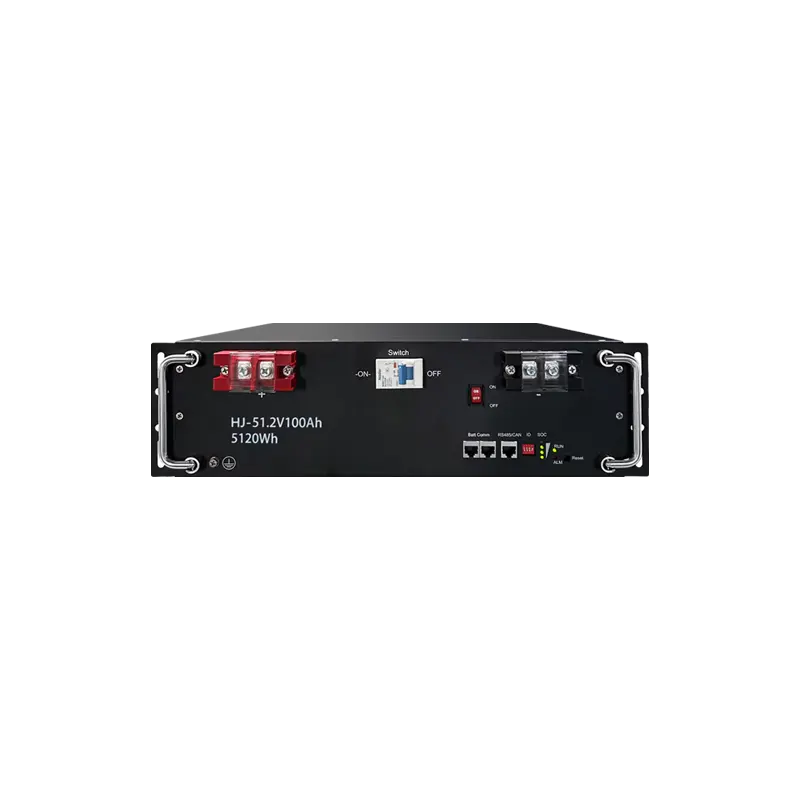PV-Storage-Hydrogen at Google’s Silicon Valley Campus
How Google is revolutionizing campus energy with integrated solar, battery, and hydrogen technologies.
The Imperative for Site Energy Transformation
![]()
In the heart of Silicon Valley, Google’s data centers are setting a benchmark with an integrated PV-Storage-Hydrogen model, solving two critical challenges: escalating power demand and zero-carbon mandates.
- 18% of regional electricity consumed by data centers
- $0.22/kWh California industrial electricity cost
- Carbon-neutral by 2030 target
“Google’s transition from grid dependency to self-reliant energy systems signifies a paradigm shift in clean energy architecture.” — HighJoule CEO
Technical Architecture: Synergy of PV, Storage, and Hydrogen
1. Photovoltaic (PV) Generation
- 20+ MW rooftop and ground arrays
- 900 MW Orion Solar Belt in Texas
- HighJoule’s micro-station cabinets for <3% curtailment
2. Energy Storage System (ESS)
- Short-Term: 100 MWh sodium-ion batteries (NaCP cells)
- Long-Term: Hydrogen storage with PEM electrolyzers and 500kg tanks
3. Hydrogen Production & Applications
Combination of ALK + PEM electrolysis for efficiency and responsiveness.
Use cases: fuel cells, truck fleet, on-site electricity.
4. Intelligent Energy Management
AI-driven EMS & SCADA system by HighJoule. Forecasting accuracy <5% error.
Case Study: Google’s Energy System Metrics
![]()
System Performance
- 20 MW PV generates 86,000 kWh/day
- 4.5 MWh lithium BESS for regulation
- 1.2M tons CO₂ reduction per year
Economic Comparison Table
| Metric | Traditional Grid | PV-Storage-Hydrogen |
|---|---|---|
| Levelized Cost | $0.22/kWh | $0.085/kWh |
| Payback Period | 10-12 years | 5.5 years |
| Grid Dependency | 100% | ≤15% |
| Carbon Footprint | 38,000 tons/year | Zero tons |
Industry Landscape & Technology Comparison
Approaches by Global Tech Giants
- Amazon: 20 GW RE investment, limited hydrogen integration
- Microsoft: Exploring hydrogen fuel cells
- Trina Solar & Longi: Focused on ALK & efficiency
Backup Technology Comparison
| Metric | Lithium BESS | Hydrogen Fuel Cells |
|---|---|---|
| Response Time | <1s | <10s |
| Duration | 2–6 hours | 24–72 hours |
| Emissions | Zero | Water vapor only |
| CapEx | Moderate | High |
Market Outlook & Commercialization
Drivers
- IRA: $3/kg hydrogen credits
- Electrolyzer cost ↓40% (2021–2024)
- LCOH target: $1/kg by 2030
Business Models
- Energy-as-a-Service with HighJoule
- Multi-use Hydrogen for power, transport, industry
- Grid Services: frequency & demand response revenues
Growth Indicators
- $1.5B+ in hydrogen tech funding
- Expanding from data centers to remote and industrial applications
HighJoule’s Solutions
Product Highlights
- 125 kWh sodium-ion cabinets
- 51.2V/100Ah rack-mounted BESS
- 1 MWh outdoor containers (IP55)
- 3–10 kW hydrogen fuel cell modules
- AI-based EMS & SCADA
Implementation Workflow
- Assessment: solar, grid, load, H₂ modeling
- Design: software-driven system sizing
- Deployment: modular and quick-install
- O&M: remote predictive maintenance
Project Snapshots
Used for commercial peak-shaving
Proves long-duration hydrogen reliability
Explore solutions: Visit HighJoule’s Site Energy Platform for custom PV-storage-hydrogen designs or to speak with experts on end-to-end integration.
Find Your Solar + Battery Storage Specialist Now!
* Fill out this form and our experts will help you find the perfect solar storage solution for your home or business.


